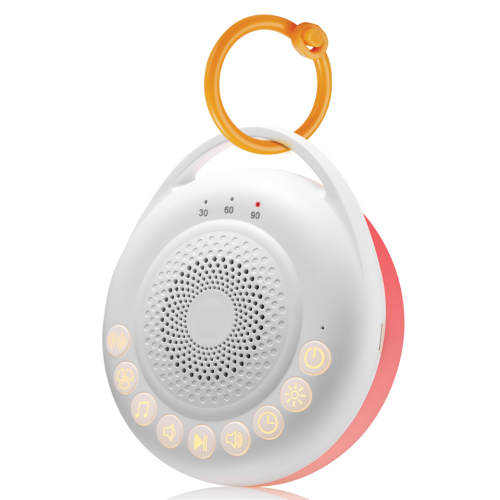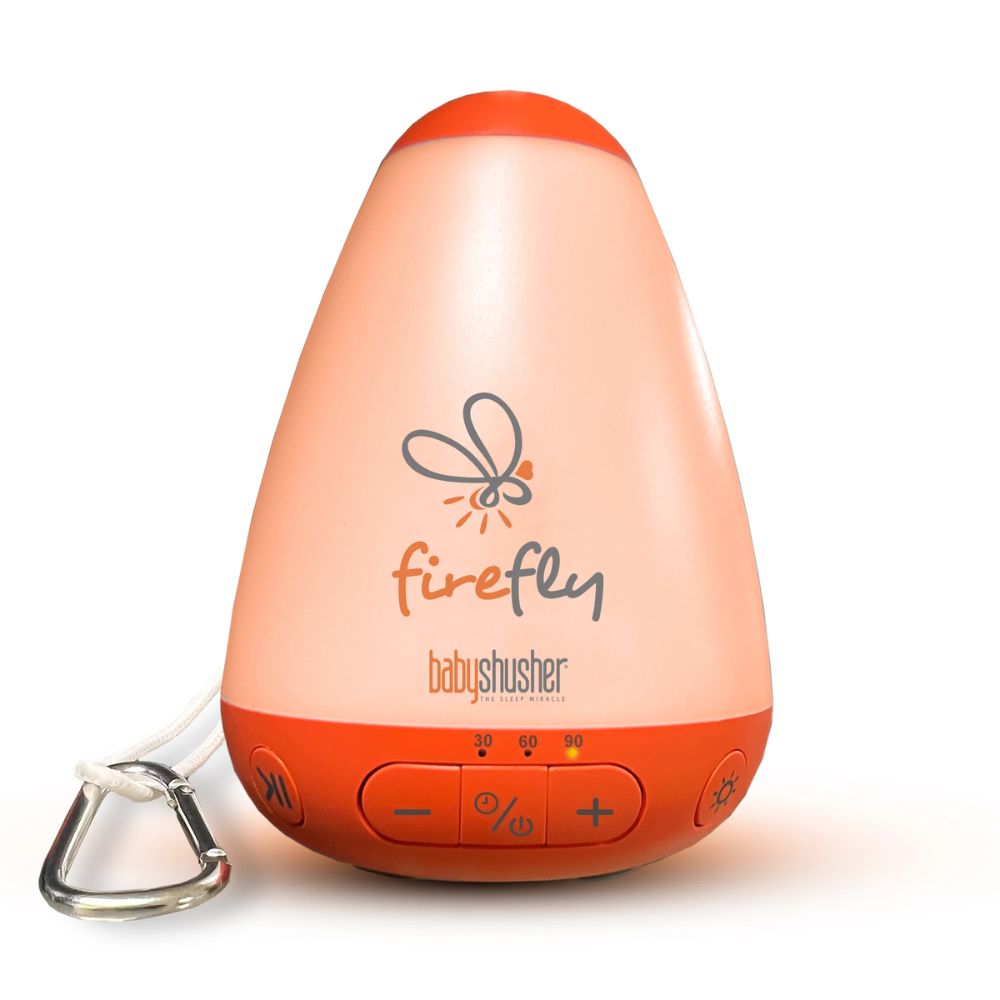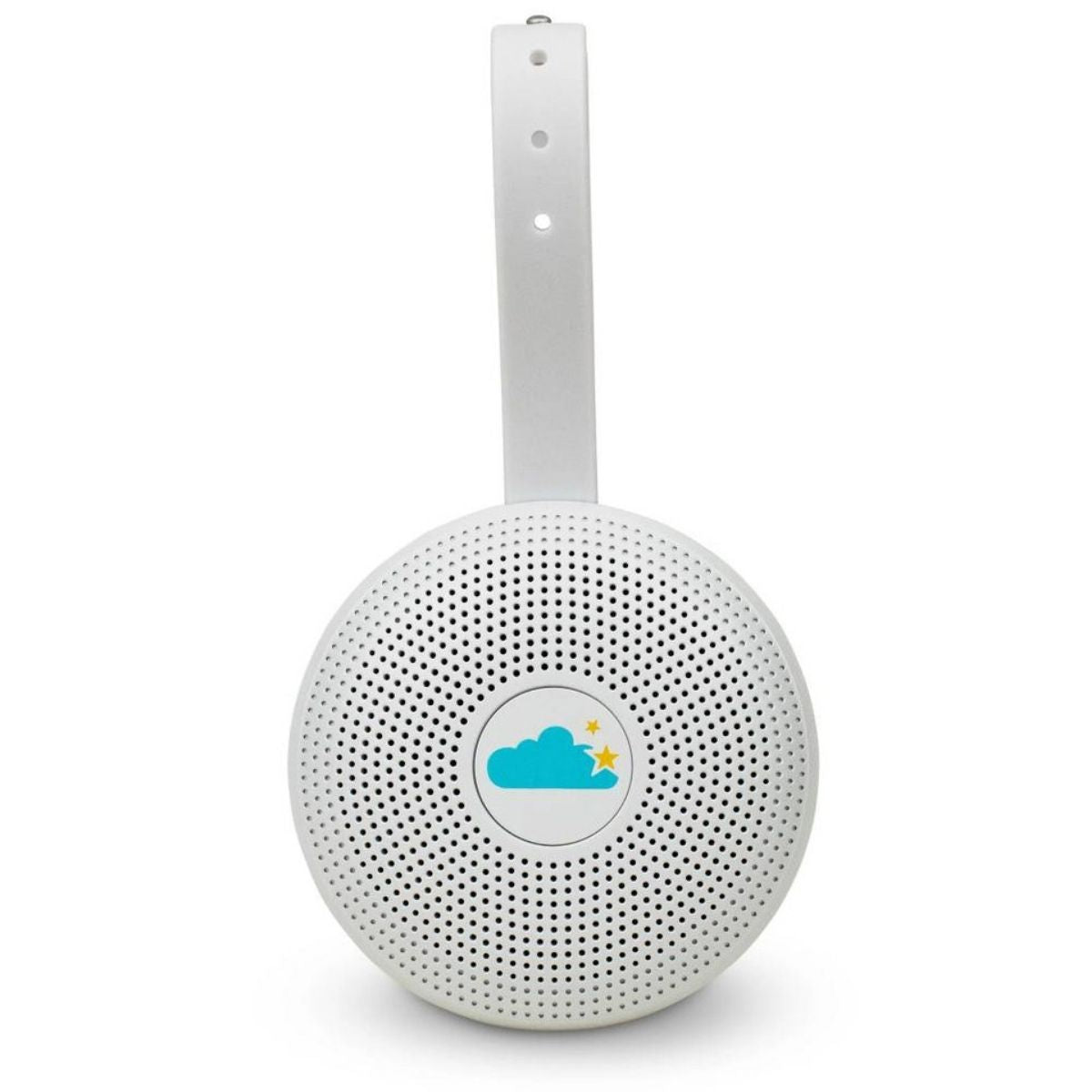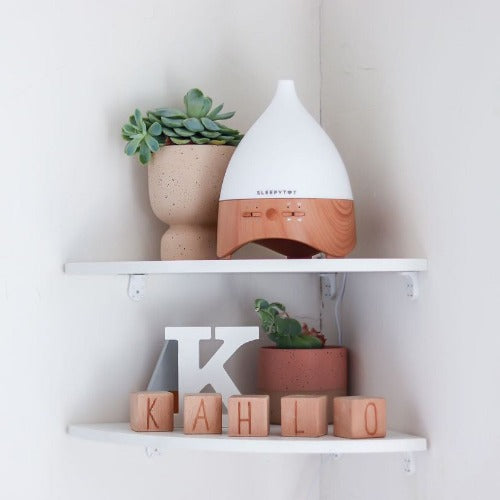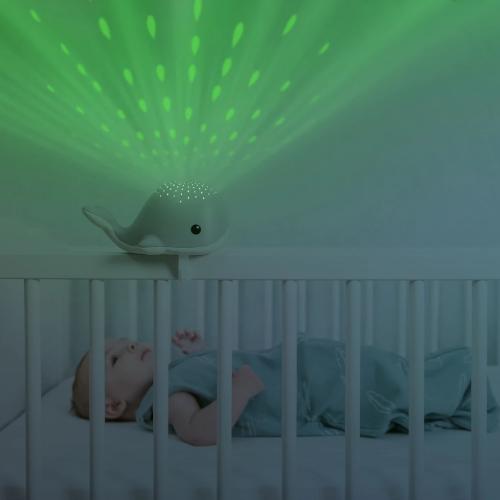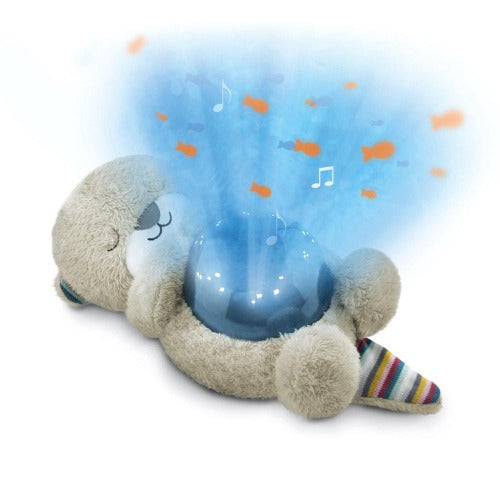There are several reasons why you may make use of a night light in your baby or toddler’s room - and the reasons tend to differ between the two.
For babies, you should opt for a very dim night light that can be beneficial for you when you come in to check on them at different times during the night. In general, babies benefit most from the dark as it helps with the production of melatonin so they can sleep more easily.
Babies don’t have an inherent fear of the dark, so night lights don’t serve that specific purpose for them. But a gentle, dim light can still be comforting and makes it less disruptive when they wake up and need you. It’s worth investing in a night light that includes white noise, especially if the noise mimics the sound of breathing or a beating heart.
It’s around the age of two that young ones can develop a fear of the dark. If your toddler develops this fear and other methods of calming haven’t worked, a gentle night light can make it much easier for them to calm down and fall asleep.

